7 Middle Eastern Spice Mixtures That Will Transform Your Kitchen Forever!
Table of Contents
- Introduction: The Magic Behind Middle Eastern Spice Mixtures
- Za'atar – The Earthy Wonder
- Baharat – The All-Purpose Hero
- Ras el Hanout – The Royal Blend
- Duqqa – The Crunchy Delight
- Advieh – Persian Perfume in a Jar
- Mitmita – Not So Mild Heat
- Abu Malak – Levantine Secret Weapon
- Buying Guide: How to Choose the Best Spice Mix for You
- Conclusion: Spice Up Your Life with These Blends
Introduction: The Magic Behind Middle Eastern Spice Mixtures
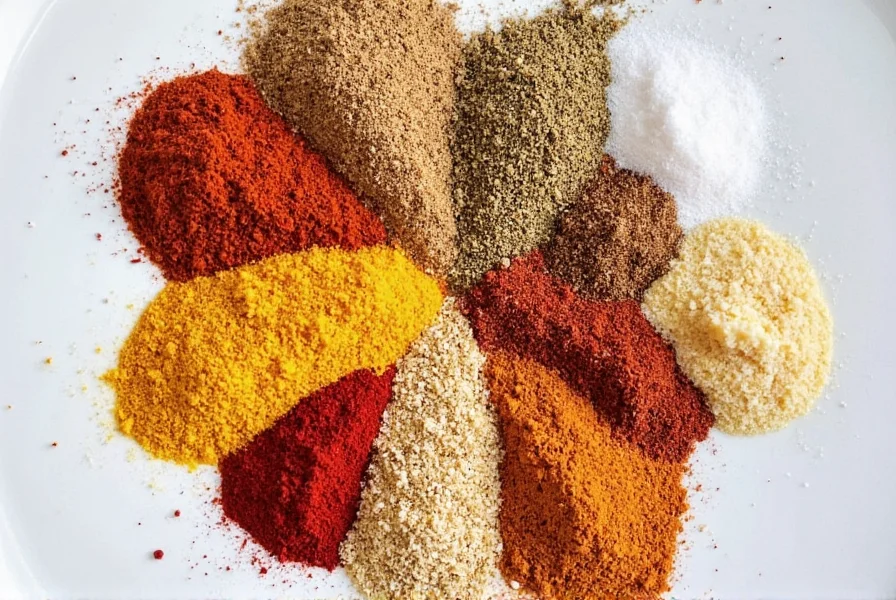
Middle Eastern cuisine is as much about aroma as it is about flavor. From the bustling souks of Marrakesh to the family kitchens of Beirut, spices are the unsung heroes that bring warmth, depth, and soul to every dish.
In this article, we’ll explore some of the most iconic middle eastern spice mixture blends, what makes each one special, and how you can incorporate them into your everyday cooking — no passport needed.
Za'atar – The Earthy Wonder
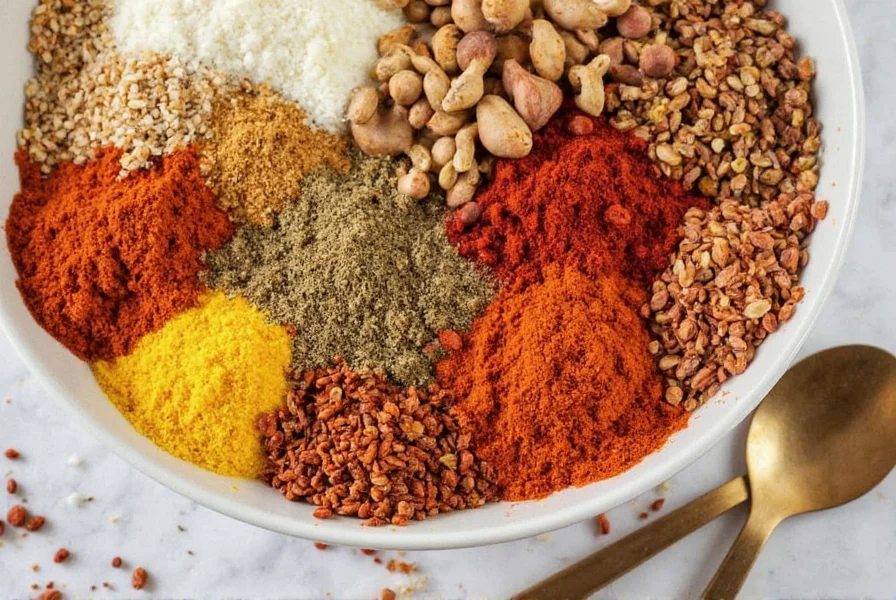
Za'atar is more than just a seasoning; it's a cultural touchstone across Lebanon, Jordan, and Palestine. This earthy blend typically includes dried thyme, sumac, sesame seeds, and salt.
It’s commonly used to season flatbreads like manakish, sprinkled over labneh, or mixed into olive oil for dipping. Its tangy and nutty profile pairs well with both savory and mildly sweet dishes.
| Key Ingredients | Taste Profile | Best For |
|---|---|---|
| Dried Thyme, Sumac, Sesame Seeds, Salt | Earthy, Tangy, Nutty | Bread, Cheese, Dips |
Baharat – The All-Purpose Hero
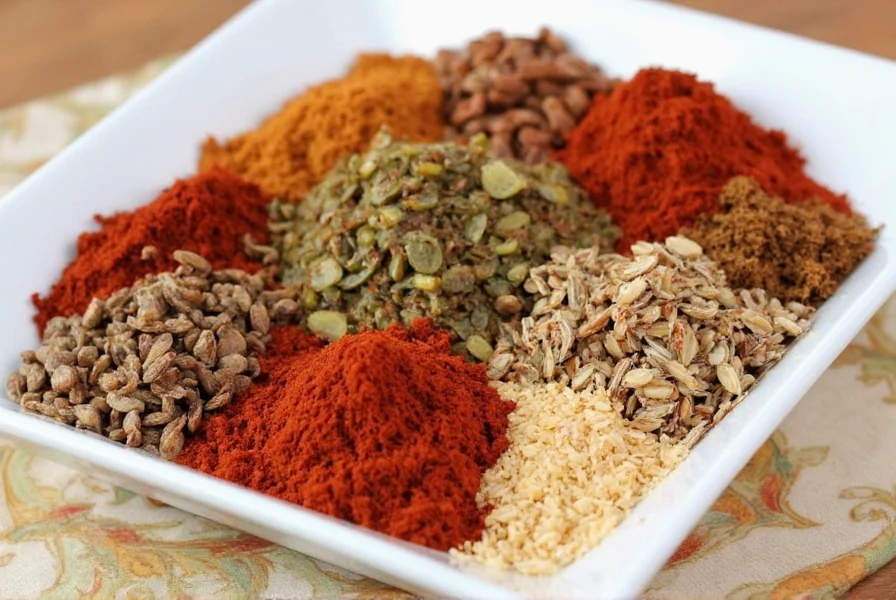
If there was ever a “spice MVP” in Middle Eastern kitchens, it would be Baharat. The word means “spices” in Arabic, and this blend lives up to its name by being incredibly versatile.
Typically made from black pepper, cumin, cinnamon, coriander, cloves, and cardamom, it’s often used in stews, rice dishes (like kabsa), and grilled meats.
| Key Ingredients | Taste Profile | Best For |
|---|---|---|
| Black Pepper, Cumin, Cinnamon, Cloves | Warm, Spicy, Slightly Sweet | Meat, Rice, Stews |
Ras el Hanout – The Royal Blend
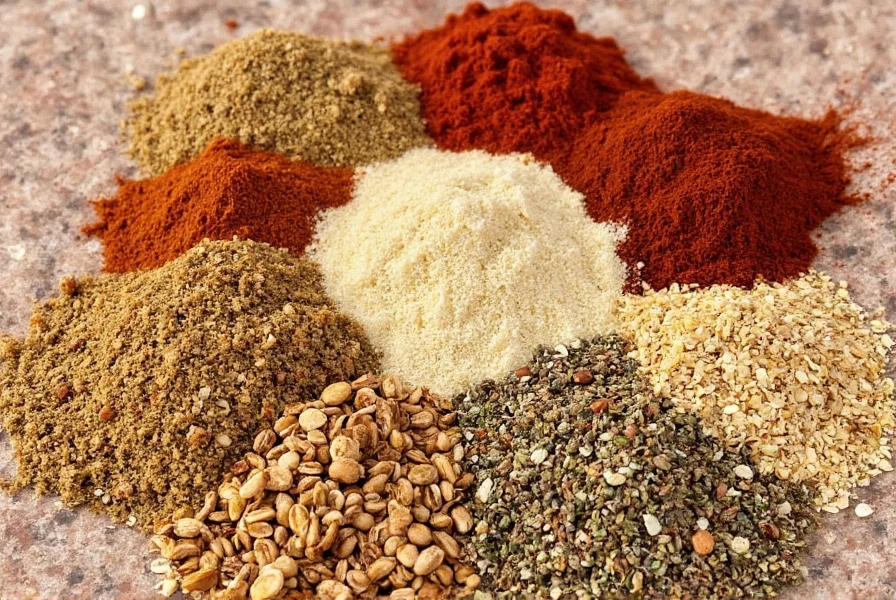
This Moroccan superstar translates to “top of the shop,” and it’s not hard to see why. A true Ras el Hanout blend can include anywhere from 10 to 30 different spices, carefully balanced to create complexity and depth.
Common components include turmeric, ginger, paprika, cumin, allspice, and nutmeg. It’s traditionally used in slow-cooked tagines, lamb dishes, and couscous.
| Key Ingredients | Taste Profile | Best For |
|---|---|---|
| Turmeric, Ginger, Paprika, Cumin, Allspice | Earthy, Warm, Floral | Tagines, Lamb, Couscous |
Duqqa – The Crunchy Delight
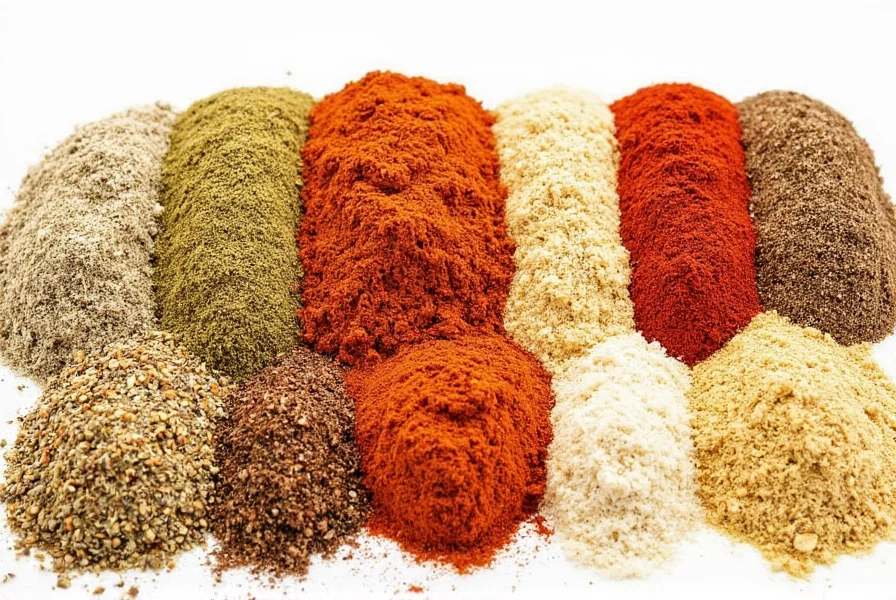
Hailing from Egypt, Duqqa is less of a seasoning and more of a texture party. Made from ground nuts (often hazelnuts or walnuts), sesame seeds, coriander, and cumin, this blend brings a satisfying crunch to any dish.
Egyptians love dipping warm pita bread into olive oil and then into Duqqa. It also works beautifully as a crust for meats or fish.
| Key Ingredients | Taste Profile | Best For |
|---|---|---|
| Nuts, Sesame, Coriander, Cumin | Nutty, Toasty, Herbal | Dipping, Crusted Proteins |
Advieh – Persian Perfume in a Jar
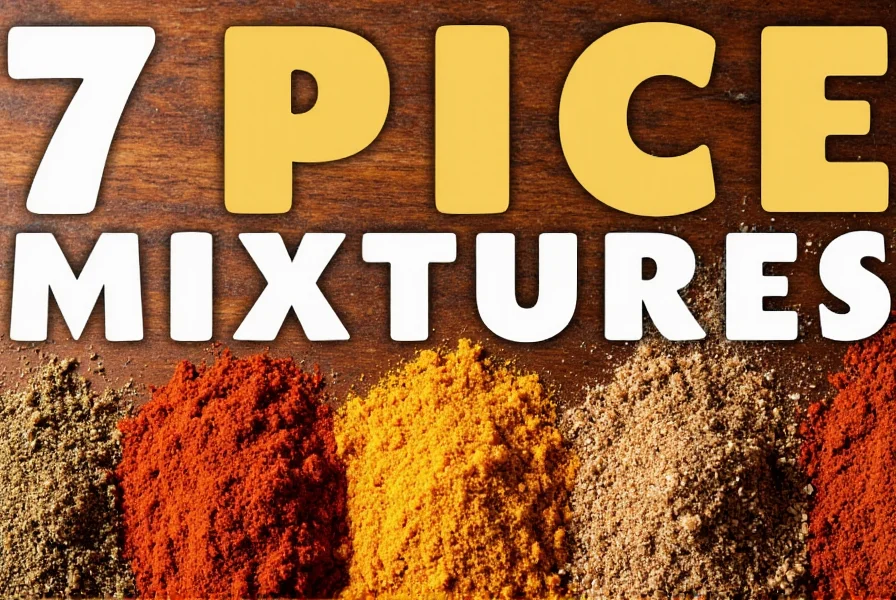
If you're looking for floral sophistication, look no further than Iranian Advieh. This delicate blend usually contains rose petals, saffron, cinnamon, cardamom, and sometimes dried orange peel.
It’s a staple in Persian desserts and stews, especially when paired with chicken or rice dishes like tahdig.
| Key Ingredients | Taste Profile | Best For |
|---|---|---|
| Rose Petals, Saffron, Cardamom, Cinnamon | Floral, Fragrant, Slightly Sweet | Desserts, Chicken, Rice |
Mitmita – Not So Mild Heat
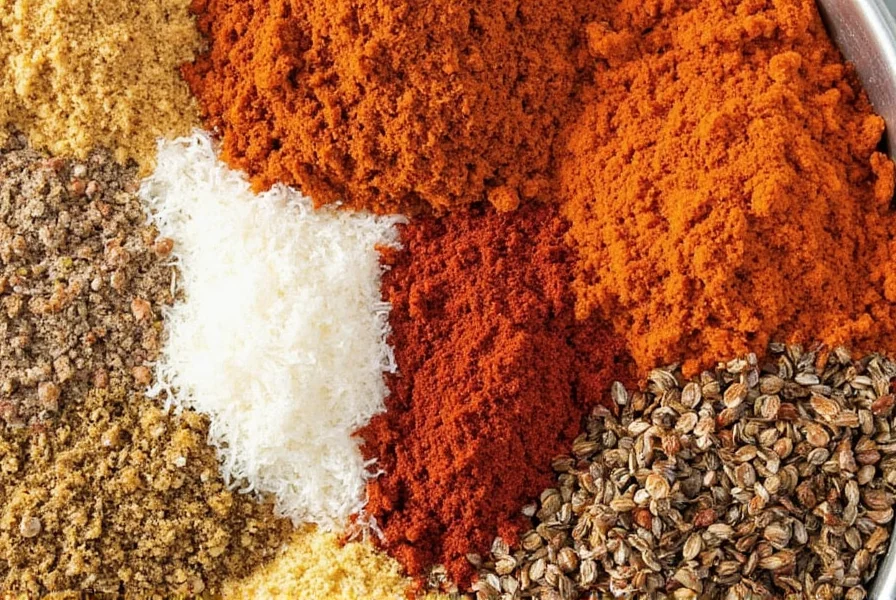
This Ethiopian-Egyptian fusion blend packs a punch. Mitmita typically features crushed bird’s eye chilies, cardamom, cloves, and sometimes salt or korerima (Ethiopian black pepper).
It’s often used in meat dishes and traditional stews, bringing fiery heat with a hint of sweetness.
| Key Ingredients | Taste Profile | Best For |
|---|---|---|
| Bird's Eye Chilies, Cardamom, Cloves | Spicy, Sweet, Smoky | Stews, Grilled Meat |
Abu Malak – Levantine Secret Weapon

A lesser-known but highly flavorful blend from Syria and Lebanon, Abu Malak is a robust mix of dried red chili, garlic powder, black pepper, and sea salt.
It’s ideal for adding a deep, umami-rich kick to roasted vegetables, grilled meats, or even popcorn!
| Key Ingredients | Taste Profile | Best For |
|---|---|---|
| Red Chili, Garlic Powder, Black Pepper, Sea Salt | Smoky, Salty, Spicy | Veggies, Meats, Snacks |
Buying Guide: How to Choose the Best Middle Eastern Spice Mixture
Not all spice mixes are created equal. Whether you’re shopping online or at a local market, here’s how to pick the best quality middle eastern spice mixture for your kitchen:
1. Check the Ingredient List
The fewer additives, the better. Authentic blends will list whole spices like cardamom, cumin, coriander, etc., rather than vague terms like “natural flavors” or preservatives.
2. Consider the Source
Look for brands that source directly from Middle Eastern regions or have heritage roots in the region. Some popular names include Al Wadi Al Akhdar, Artin, and Ziyad.
3. Read Reviews (or Ask Around)
If you’re new to a blend like Ras el Hanout, check reviews or ask fellow cooks in food groups or forums. Word-of-mouth recommendations can save you from bland disappointments.
4. Think About Usage Frequency
If you cook Middle Eastern food daily, go for bulk sizes. If you’re experimenting, try small jars first to avoid waste.
5. Store It Right
Keep your spice blends away from heat and moisture. Use airtight containers and store them in a cool, dark place to preserve potency.
Top 3 Picks for Every Need
| Name | Features | Target Audience | Best Used For |
|---|---|---|---|
| Za'atar by Al Wadi Al Akhdar | Organic ingredients, bold thyme flavor | Home bakers, vegetarians | Flatbreads, dips, cheeses |
| Baharat by Ziyad | Pre-ground, perfect balance | Grill lovers, meal prep pros | Meats, rice, stews |
| Ras El Hanout by Terra Spice Co. | Hand-blended, complex layers | Foodies, home chefs | Tagines, lamb dishes |
Conclusion: Spice Up Your Life with These Blends
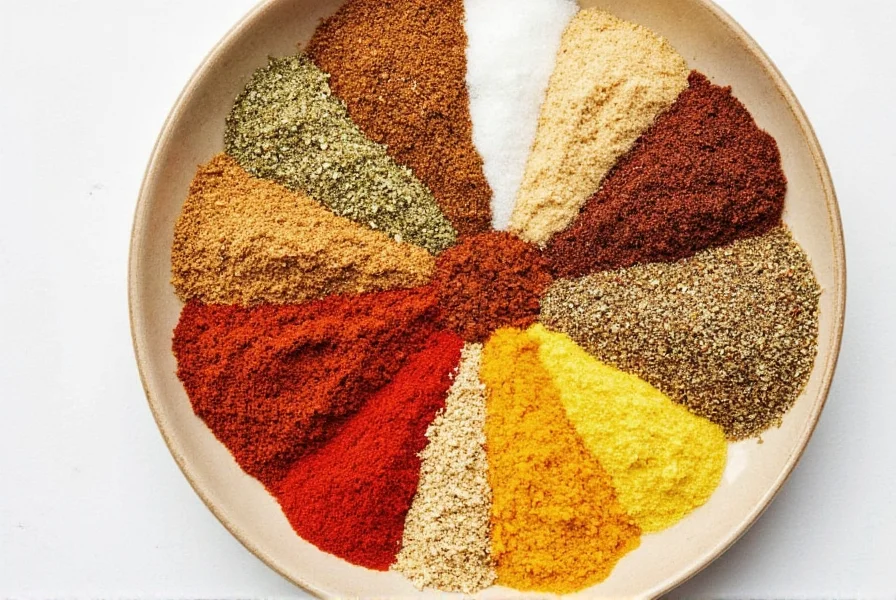
Middle Eastern spice mixtures are more than just pantry staples — they’re culinary storytellers. Each blend carries centuries of tradition, culture, and flavor waiting to be unlocked in your own kitchen.
From the smoky allure of Abu Malak to the fragrant elegance of Advieh, there’s a blend for every taste and occasion. Now that you’ve got the inside scoop on the top seven, it’s time to get mixing, cooking, and tasting!
Ready to spice things up? Start with one (or all!) of these blends and watch your dishes come alive like never before.

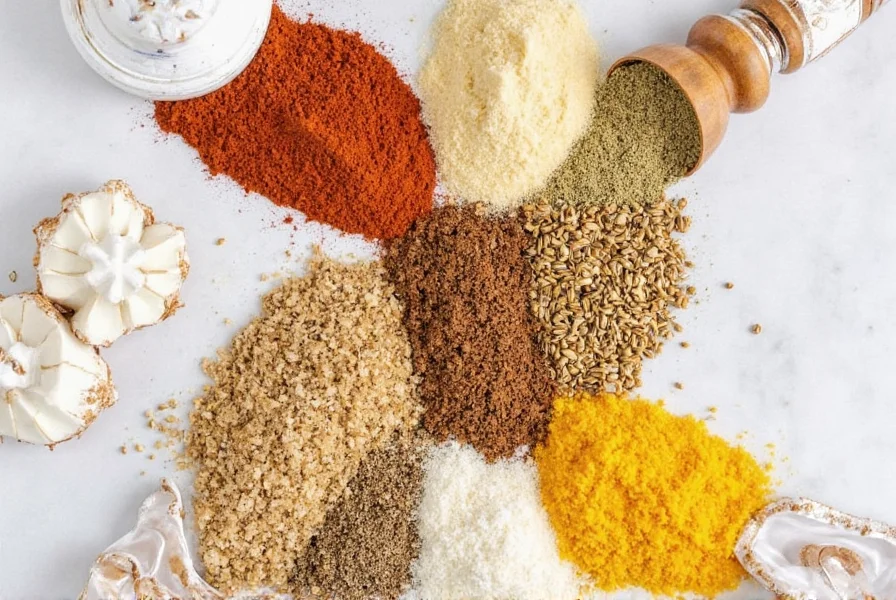









 浙公网安备
33010002000092号
浙公网安备
33010002000092号 浙B2-20120091-4
浙B2-20120091-4